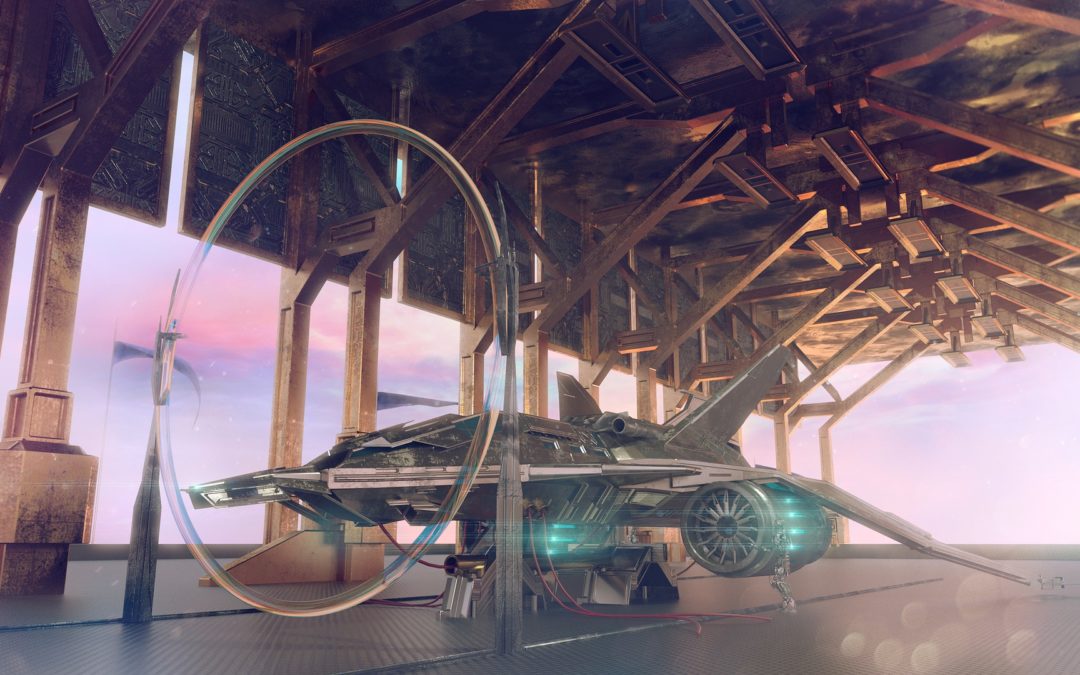We say “we need innovation”. But what type of innovation do we actually need?
Earlier this month, Keith Coats and Graeme Codrington from TomorrowToday Global visited and presented at the Dubai Expo.
It was billed as “the greatest show on earth”, and it didn’t disappoint – once you understood what it was trying to do.
It wasn’t meant to be a science-fiction vision of the future, but rather an inspiration for a world we can build together now. It focused on “opportunity, mobility, and sustainability” as three core themes, with 192 different exhibition pavilions to delight (and overwhelm) the senses (see Graeme’s video review of the Expo here).
This decision to focus on the “now” and the “possible” by Dubai Expo highlights a key issue with innovation. We can often be trapped into thinking that innovation means we have to come up with massive, bold ideas that turn our world upside down and change all the rules of the game.
Of course, if we find a breakthrough innovation like that, it’s amazing. For example, Google changed the way we found things online and made the internet accessible, and then also pioneered a model of giving services away for free in exchange for advertising. It seems obvious now – and of course, everyone is doing it, but it was a breakthrough at the time.
The problem is: these types of innovations are incredibly rare, hard to find, and normally very expensive to implement and get to market. To get this level of innovation an organisation needs to create a culture that encourages ridiculous ideas, that is not limited by current constraints, that rewards divergent thinking and that embraces a diversity of approaches. This is not easy to do.
A second type of innovation is incremental. Or, more accurately the power of the aggregation of marginal gains. Top teams that dominate their sports season after season don’t do so by making one big jump ahead and then staying there. Their competitors see what they’ve done, copy them and catch up. So, the top teams focus on constant, small improvements. A fractional improvement each week quickly compounds into a competitive advantage over the course of a whole season.
In business, this is what the agile methodology aims to deliver. And that’s innovation, too. The way to get this type of innovation in your business is less about trying to identify the correct next steps, and much more about building a culture of continuous improvement, fast feedback and agility.
A third approach to innovation falls in between the first two: it asks which bits of a future vision we can deliver today, and focuses on experimentation as the means of working out how to get from where we are to a possible future. This is what Expo 2020 was aiming to do.
Keith identified a fantastic example of this at the Emirates Airlines pavilion, where you could experience a Virtual Reality simulation of the future of flight. See Keith’s on-the-spot report of it here.
There must be ways for airlines to incorporate healthy flying habits into their service offering right now, even if we won’t have the smart seats Keith speaks of for a few years yet. Helping their customers to feel better and be healthier while flying would surely be a competitive advantage any airline would be able to use to good effect right now? The question is: what experiments could airlines try now to deliver this value to customers?
Ideally, your organisation should set itself up with processes, systems, and a culture that will allow for all three of these types of innovation to be common place. We’ve briefly touched on what organisations do to nurture these three types of innovation – what is your organisation focusing on, what do you measure and how could you improve in each of these areas?
As always – we’d be happy to chat with your team to help you unpack this further.
Best wishes,


